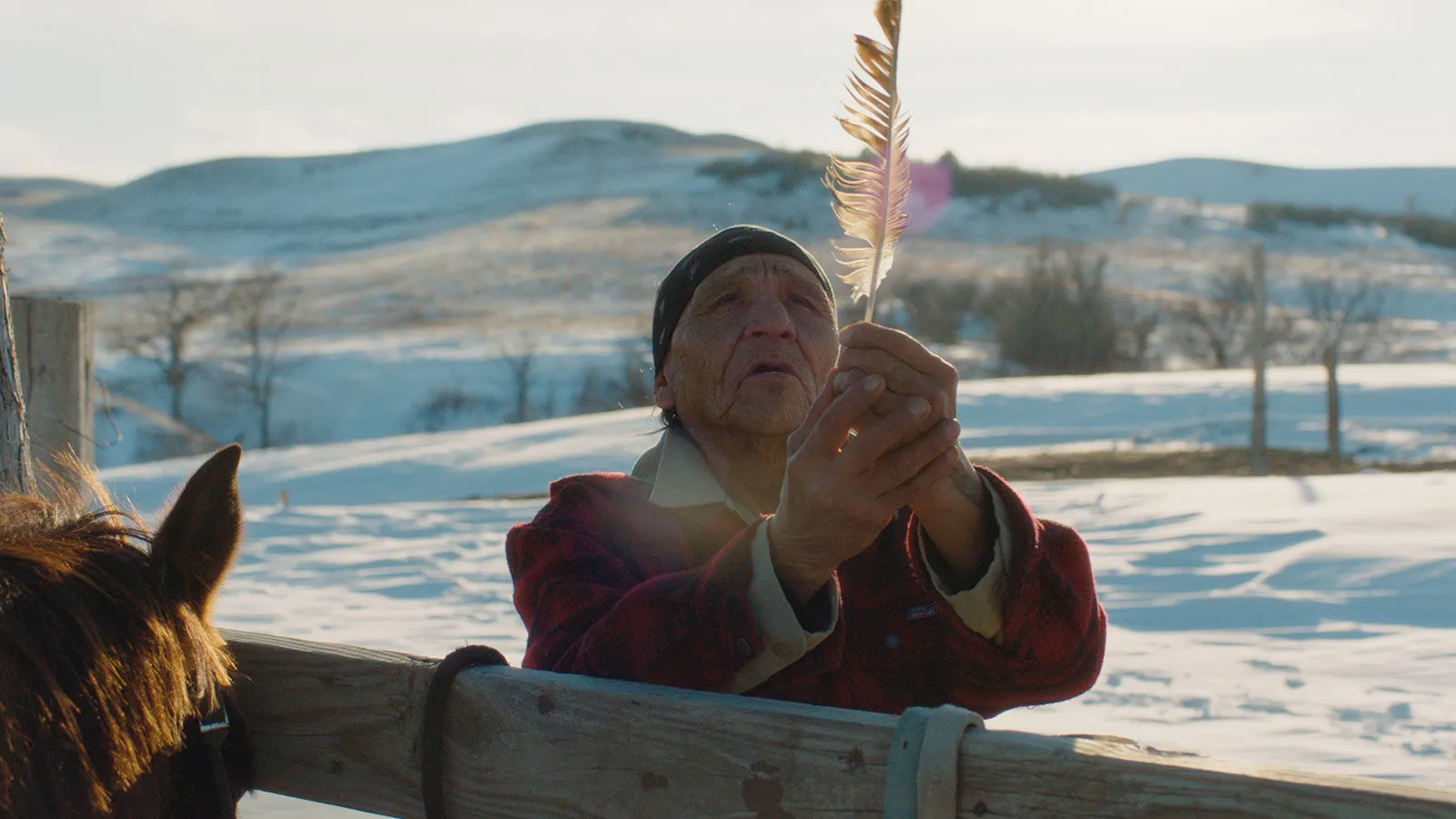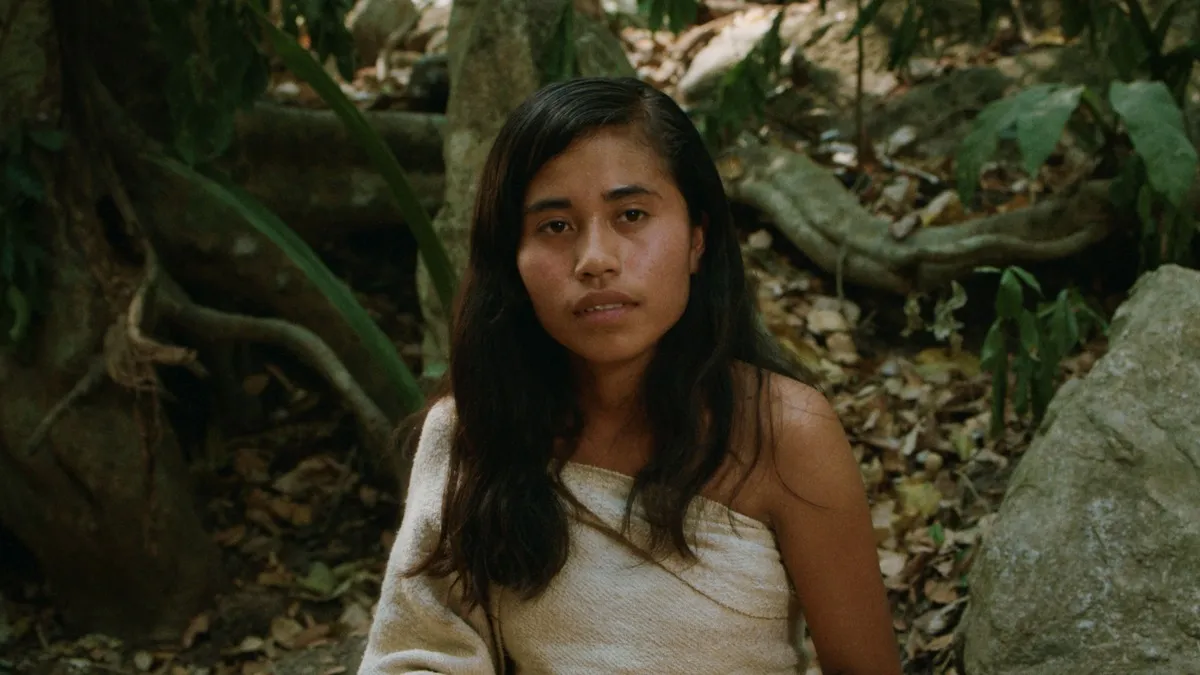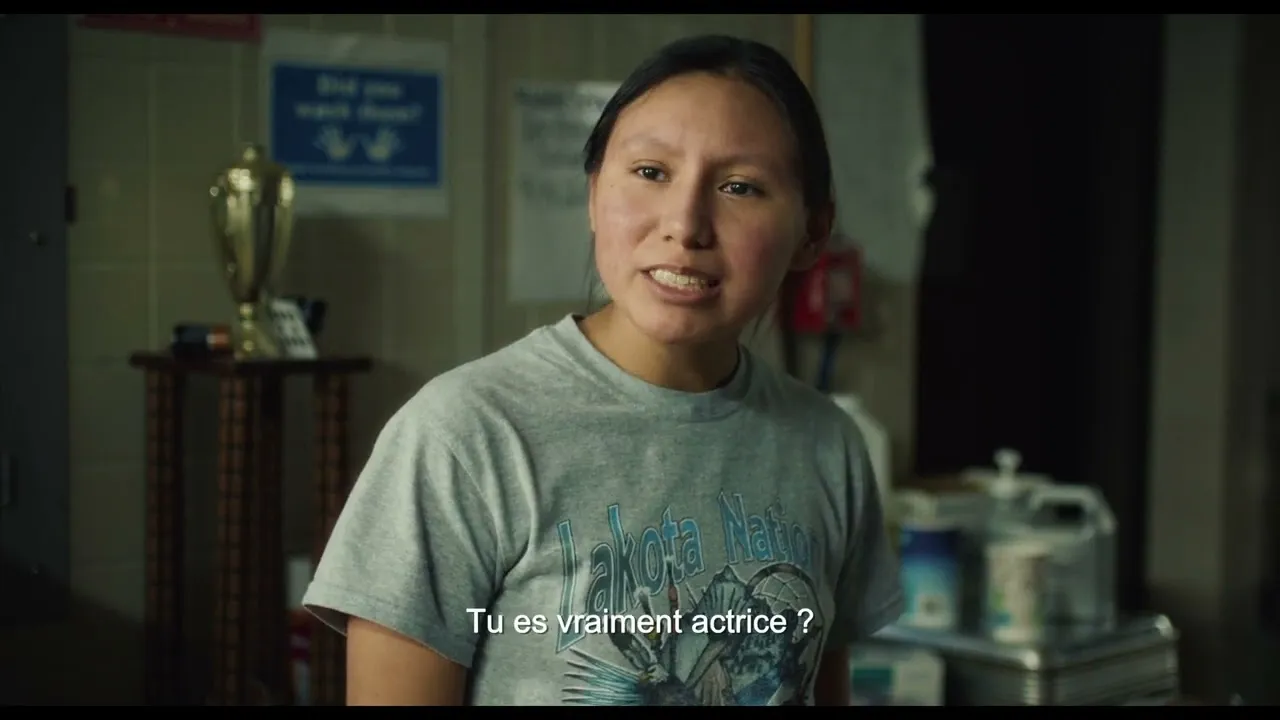Lisandro Alonso’s Eureka is a multi-faceted journey through time and space. Released in 2023, the film brings viewers across cultures and eras with its three disconnected yet cohesive episodes. Argentinian director Alonso weaves genres like Western, crime drama, and magical realism into a thought-provoking reflection on indigenous identity.
The movie follows an unconventional structure, divided into separate storylines spanning different locations and decades. First is a black-and-white section set in the Wild West, featuring Viggo Mortensen’s search for his daughter. Next, we see modern-day Lakota country through a police officer dealing with social issues. The final rainforest tale adds mystical elements.
Though disjointed, recurring themes and characters create links between the 150-minute segments. And Alonso’s experimental style challenges typical conventions. Long takes and ambiguous transitions blur reality with imagination. Audiences are invited to immerse in each world and make their own connections.
Underneath runs a deeper exploration of colonialism’s impacts. Historical and current struggles faced by indigenous communities surface through both plots and abstract visual storytelling. Eureka examines shared experiences of violence, displacement, and loss of identity across America.
In this review, I aim to analyze how Alonso crafts an unconventional journey. I’ll look at each section’s portrayed realities and atmospheric filmmaking. Key concepts woven through Eureka like marginalization and human connections to the land will also be discussed. Ultimately, the piece presents a new mode of cinematic reflection challenging typical narratives.
Frontier Meditations
The opening segment of Eureka transports viewers to a sepia-toned American frontier. Director Lisandro Alonso wastes little time diving into complex themes through this brief Western vignette. Viggo Mortensen appears as a solitary gunman named Murphy, riding by carriage into a dusty settlement. His destination and purpose remain nebulous at first.
Murphy provides the sole connection between this fragmented story and those to follow. Yet even his motives stay shrouded in ambiguity. He checks into a lodge but shoots the clerk upon refusal. A dark resolve appears to drive this introspective man. Two corpses later found in his borrowed bed further his detached, menacing air.
Alonso fills the frame with the mythology woven by classic Westerns. But his canvas differs. Where indigenous people are typically featured as enemies or scenery, their absence becomes conspicuous. Through omission, the director highlights how such films shaped prevalent frontier tales.
Cinematography also cues viewers to think deeper. Towering overhead shots dwarf people against the great landscape. Skies claim more than half the frame, prioritizing the harsh environment over humanity.
Mastroianni enters as an enigmatic saloon singer, at turns reminiscent of Joan Crawford or Marlene Dietrich’s striking roles. But surprises arise when an Irish ballad emerges not from a bartender but a robed nun. Genre conventions emerge only to twist expectations.
Much lays unsaid in sparse dialogue. But the opening establishes a meditative, challenging tone. By provoking questions around representations of the West and indigenous erasure, Alonso invites us to rethink popular mythology of America’s early years with new awareness. His frontier promises a journey well beyond the standard Western ride.
Bleak Visions of the Reserve
Alonso shifts focus to the Lakota reserve, exchanging dusty frontiers for a stark contemporary landscape. Here Officer Alaina begins her nightly patrol through the frigid darkness. Played with subtle grace by Alaina Clifford, she bears the weary air of one who’s seen her people’s troubles run deep.
Scenes play out with realism that pierces one’s heart. Poverty and addiction have left open wounds. In a small home, a man lies passed out amid strewn debris while children cry, ignored. These intercepted glimpses into shadows most never witness leave an indelible mark.
Spaces become characters in their own right. Under the moon’s pale beam, the barren snow and Officer Alaina’s idling cruiser frame a lonely solitude. Inside, the caged woman’s endless whines ring all too relatable for those familiar with such scenes.
Comparisons arise to neo-realist films and their unflinching revelations of societal cracks. But Alonso’s unerring direction carries heavier implications. His naturalist scenes become more than mere snapshots, resonating as testaments to histories indigenous communities have endured.
In Sadie, a flicker of hope appears. Though exhausted in her own right, the young coach at least provides an outlet from the bleak routine. Yet even she retains a weariness far beyond her years, making one wonder what realities lie beneath optimism’s surface.
Alonso peels back layers to expose uncomfortable truths through restrained yet profound storytelling that dignifies even the direst of circumstances on display. His reserve reveals both society’s failures and the quiet resilience of a resilient people.
Forest Visions and Transformations
Alonso deposits viewers into yet another distinct landscape with his final segment’s jungle setting. Though removed from previous episodes, threads remain that weave the narrative together.
Here Sadie undergoes a startling change after consuming a potion from her grandfather. Metamorphosing into a large wading bird, she wings off into new realms of experience. Her soul’s journey reflects the mysterious transformations in Eureka’s heart.
Within the lush rainforest, a tight-knit indigenous group shares prophecies and dreams. But political undercurrents soon surge, as a fight among the tribesmen ends in bloodshed. He flees in fear, stumbling upon a frontier of gold mining and its attached fortunes.
Visuals captivate through imagery like the marabou guiding the protagonist in her aerial form. Flights above the dense greenery grant novel vistas and modes of perception. Similarly, the potion pulls viewers deep into mystical realms and puzzles of reality.
Alonso leaves conclusions open through his poetic storytelling. Details emerge only to spawn further questions. What underlies Sadie’s change and impending discoveries in her feathered body? Do the dreams hold meaning for the group’s future?
Magical realist tropes let the director stretch conventional limits. His evocative setting and ambiguous finish circle back to overarching motifs of transformation and the struggles of indigenous communities against oppression. Though removed in time and space, loops are formed that unite Eureka’s disparate visions.
Piercing the Frame
Across disparate landscapes, Alonso crafts a deliberate meditation through visual storytelling, unlike typical cinematic form. Dynamic shifts in Eureka, from the sepia-toned Western to the magic-tinged jungle, demand viewers leave preconceived notions at the door.
Long, lingering shots provide close intimacy rather than plot progression. Natural light and real locations lend an authentic eye into seldom-seen indigenous worlds. Blurred divisions between fiction and reality challenge audiences to perceive outside the frame.
Loose connections exist more in spirit than logic. Characters appear and vanish to transform familiar archetypes. Time seems fluid—recurrent imagery puzzles sequential order. Like visions in a flowing dream, episodic journeys lack defined genesis or end.
Comparisons arise to art house cinema’s idiosyncrasies and slow film’s hypnotic immersion. But Eureka inhabits a singular, wandering realm entre deux—neither fully documentary nor drama. Ambient, unexplained threads weave a meditative spell.
Intentional fragmentation mirrors conceptual puzzles at the film’s core. Dislocated narratives mirror indigenous communities’ disrupted existences across frontiers of history and culture. Gaps become spaces for contemplation on themes left consciously nebulous.
Alonso’s experiments shatter preconceptions to journey beyond standard storytelling’s constraints. His disorienting filmic language resonates to provide a suggestive prism into invaluable human experiences rarely given voice. Through provocative form, deeper insights emerge.
Threads Woven Through Time
While separated by spatial and temporal barriers, recurring motifs emerge across Eureka’s disparate portraits. Connecting imagery and implications linger beneath shifting surfaces.
Colonialism and its enduring impacts surface whether in the absence of natives from Western mythology or modern hardships on the reserve. Cycles of oppression and violence permeate realities depicted, from frontier clashes to present troubles plaguing communities.
Relationships between people and the land, too, evolve as a recurring meditation. Be it the marginalized singer’s placement against vast skies or the potion-fueled journey through the jungle, human connections to nature remain open for contemplation.
Depictions of indigenous identity take diverse forms. We glimpse ceremonial traditions through early incantations and mythical transformations, while later scenes highlight challenges of reckoning modern identity in a colonized world.
Alonso’s abstract style proves well-suited to weaving suggestive threads throughout. Unfettered by strict chronology, he layers implications through poetic imagery and unresolved encounters. Themes emerge gradually through sustained reflection upon nonlinear glimpses into shared human experiences.
While concrete conclusions stay elusive, Alonson’s conceptual prowess lies in prompting consideration of profound issues too seldom granted sustained reflection. His boundary-blurring work demands we reexamine preconceived societal narratives and relationships to history through an indigenous lens. In posing challenges rather than answers, Eureka stands as a profound work of art.
Interpretation’s Journey
Across disparate landscapes and eras, Eureka weaves an unconventional cinematic journey. Director Alonso crafts a multilayered meditation on indigenous peoples’ lives and identities and their hard-won place in our shared histories.
By subverting standard narrative techniques, he prompts viewers to actively rethink entrenched viewpoints. Fragmented segments demand we piece together implications through sustained focus rather than fleeting interest. Ambiguities reflect how lived realities often defy simplistic translations.
Alonso’s abstract style challenges typical filmic expectations. Yet for those embracing unfamiliar modes of perception, rewards abound. Resonant imagery and unresolved puzzles linger with a lingering effect.
While unlikely to please all mainstream audiences accustomed to handholding, Alonso’s challenge sparks thought. He envisions nuanced representation and confronts narrow societal narratives through evocative portrayals of enduring human experiences.
Eureka stands as an uncompromising work committed solely to profound artistic expression, not mass interest. It invites interpretations as varied as viewer backgrounds. In revitalizing cinematic storytelling’s potentials and spotlighting marginalized communities, Alonso’s achievement merits both admiration and discussion.
The Review
Eureka
Eureka is a masterful piece of filmmaking that pushes boundaries and informs content. Director Lisandro Alonso crafts a multilayered meditation on identity and history through evocative portraiture across time. Disconnected yet thematically cohesive, it challenges viewers while fostering meaningful reflection on intersections of culture, colonialism, and the human experience. Though ambitious and absorbing, its nonlinear complexity may not appeal to all. For open-minded viewers embracing unfamiliar modes of storytelling, Eureka is a richly rewarding, thoughtful work of cinematic art.
PROS
- Ambitious storytelling that subverts conventions to thoughtful ends
- Evocative portrayal of issues seldom granted nuanced representation
- Provokes meaningful reflection on history, identity, and social realities
- Visually stunning with imaginative flourishes throughout segments
- Non-traditional structure enhances conceptual/thematic ambitions
CONS
- Fragmented narrative may frustrate or lose some expecting clarity.
- Paced and paced deliberately, potentially testing the patience of some
- Abstract nonlinear style poses challenges for comprehensive "solving."
- Unusual format risks alienating mainstream viewers seeking handholding.





















































